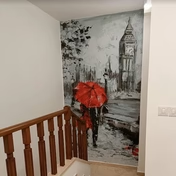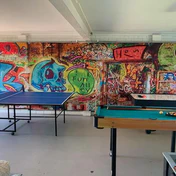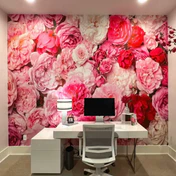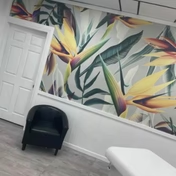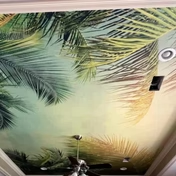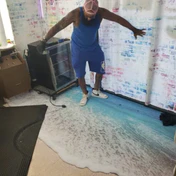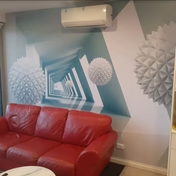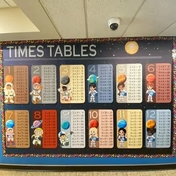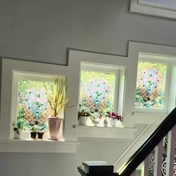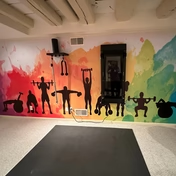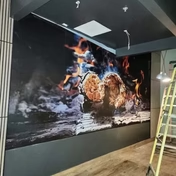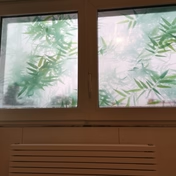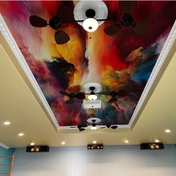Removing Old Wallpaper: A Step-by-Step Guide
Removable wallpaper has revolutionised the interior design industry as it is self-adhesive, creating a relatively mess-free product compared to legacy wallpaper.
However, many old wallpaper products still adorn homeowners' walls, fastened with hardened adhesives, making their removal complicated. If this is your situation, don't worry; we have got you covered—Read on for our step-by-step guide to removing old wallpaper.
Step one: Protect your floors and furniture
The method for removing old wallpaper can vary slightly depending if you have drywall or plaster under your legacy wall coverings.
However, no matter the type of wall, you should ensure you have laid down some protective drop sheets covering the floors and surrounding furniture to avoid getting anything marked with dust, debris and adhesive residue.
You can use old cotton or plastic sheets, painting protectors, or anything else that effectively covers and protects your assets. Having drop sheets to collect the old paper and debris will also make cleaning up easier when you are finished.
Step two: The right tools for the job
Next, you should ensure you have all the tools on hand required for the job. Tools we suggest having on hand include:
- Putty knife
- Paint scraper
- Box cutter or blade
- Sponge
- Bucket or spray bottle
- Mild dish cleaning solution or sugar soap
Suppose you want to make the job even easier. In that case, liquid wallpaper removers are often available at most hardware stores and will help soften the wallpaper paste or glue, making the job much easier.
Once you isolate what type of walls you have, you should ask your local hardware specialist which product is best so as not to break down or damage your drywall or plaster.
Step three: Get peeling
Now it is time to get to work. First, use your paint scraper, putty knife, or blade and carefully find an easy-to-lift joint or corner. Next, carefully and slowly peel back as much wallpaper as possible while trying not to let the paper tear.
The more you can get off in large sections, the less work there will be after.
Step four: A fresh start
If your walls are made of plaster, then this is where your soapy water comes in handy. Working from the bottom, use a rag or sponge to lightly soak the remaining paper and glue, allowing it to soften and lift easier.
Once softened, you can use your putty knife and scraping tool to remove the remaining paper and adhesive. This will require some patience, re-soaking and elbow grease; however, you should start to get down to your plaster easier as you work through the residue.
If you have drywall, also known as Gyprock in Australia, try using a spray bottle of soapy water to avoid over-soaking the protective paper layer of your drywall, or it may swell.
Take your time, and work slowly, and soon, your walls will be ready for painting or a new application of removable wallpaper.
AJ Wallpaper: A new world of interior design
When your walls are finally clear of your legacy wallpaper, it's time to choose something new. Of course, you are bound to find something perfect in our AJ Wallpaper catalogue, featuring over a million affordable designs.
With a range of secure payment options and fast shipping around the globe, why not browse and buy online today?
Next →
← Previous











